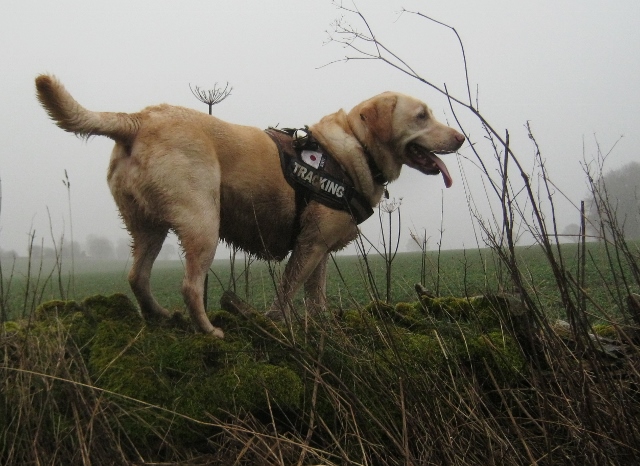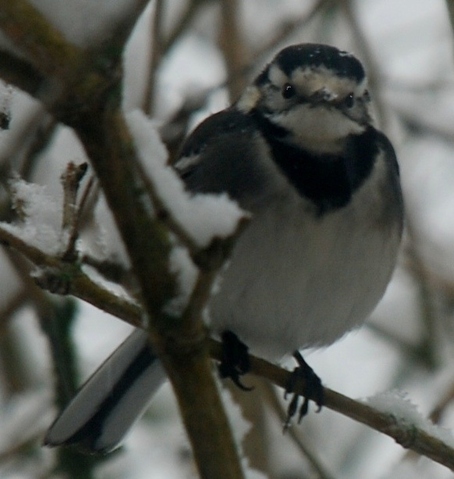00 00 0 104 077.JPG
There are three types of animal kills (especially those involving larger mammals, such as sheep and deer), that always catch my attention….(1), the type committed by canids which are usually (though not always) of a quite recognisable type and typically very messy….(2), kills carried out by felids which are generally far less messy as well as being very distinctive for a variety of other ‘signature-type’ reasons and, (3), kills perpetrated by humans, but which are sometimes made to look as though something else did the dirty deed for reasons best known to the human concerned.
However, things aren’t always as crystal clear as you might expect, as was the case here, involving this predated buck Muntjac that Tess and I stumbled upon late in the day early in June, 2014. I normally investigate such kills thoroughly, but the light was fading fast and my camera batteries had finally given up the ghost just prior to our grim discovery.
Not wishing to contaminate the scene by stumbling around in the twilight in my big size twelves, I decided to return with Tess at first light to take lots of pictures (of which these are but a small sample), make copious notes, draw a few sketches and give Tess the chance to scent outwards from the feeding site (as I suspected, it wasn’t the actual kill site) and to generally help me join all the dots. Sadly however, from a tracking, scenting and spoor-finding perspective, it had rained heavily right through night….Very heavily!
Anyhoo….There were a number of unusual things to make a note of here from the outset and they were the main reasons I had been so keen to return as early as possible the following day….
1
The 2" wide bite(?) marks on the Muntjac’s neck/throat which had apparently been the cause of its death by asphyxiation (later confirmed by our boffins).
2
A complete lack of dog savaging-type bite marks anywhere on the body.
3
A single 4", claw-like gash running downwards from front to back about thirty degrees to the horizontal on the left shoulder area. Had this been made by a claw, then it’s possible that the animal would have been pulled down on to its left side and gripped by the throat with the predator’s upper canines entering on the right side of the neck. A single hole is also visible on the left side of the throat area opposite the marks on the right-hand side.
Note
I did not rule out at the time that these ‘holes’ could have easily been made artificially by some kind of sharp implement, such as a knife, in some kind of attempt to make the wounds look like the bite marks of an unusually large predator, although the bite dimensions would be too wide for all but the largest of dogs, even if canids killed their prey that way which they don’t.
4
The relatively heavy kill had been dragged from the very open field margin kill site to a more concealed feeding site about forty yards away and well enough hidden to remain unobserved by any passing Corvids (two days after it was killed, its eyes were still in their sockets!) Such efforts to hide a kill is very much a cat characteristic (though also fox) or maybe it really is just a stupid human trying to be clever?
5
Some additional effort had been made at concealment by attempting to scrape or kick leaf litter over the carcass (see the ‘innards’ shot two pictures down on the right) though there was less of it remaining than was there on the previous evening, suggesting that something else probably fed off the carcass during the night. Had it been the original predator returning to its kill, then I dare say it would have attempted to re-bury the remains (though that’s little more than half-informed speculation).
Things would have been so much clearer if it hadn’t rained so hard and so relentlessly!
6
I’d already noticed when we first discovered the carcass that feeding had taken place probably during the previous night and shortly after the kill had occurred with the predator focussing on the muscled hindquarters. When we arrived back at the site the following morning however, it was immediately clear that something else, probably a Fox, had fed further into the carcass from the rear (A Fox, Jackal and Coyote technique) targeting the soft organs. The stomach contents (showing green in the picture below on the right) had been spilled, but the intestines remained mostly intact. The bones and ribs were also still intact.
7
The suspiciously clean-severed right ear (severed as if with a knife, though bite marks are perhaps just visible on the right) is perhaps the biggest mystery at least to me. I learned both in Canada and East Africa that some predators, especially cats (but also Foxes and Wolves occasionally), consider the ears of some prey species, such as White-tailed Deer, Mule Deer and Caribou (Canada) or Bushbuck, Kudu and Sable Antelope (East Africa) as something of a delicacy. The odd thing about this particular ear however, is that it probably went missing a while ago, considering how quickly it appears to have healed with at least a degree of scar tissue!



